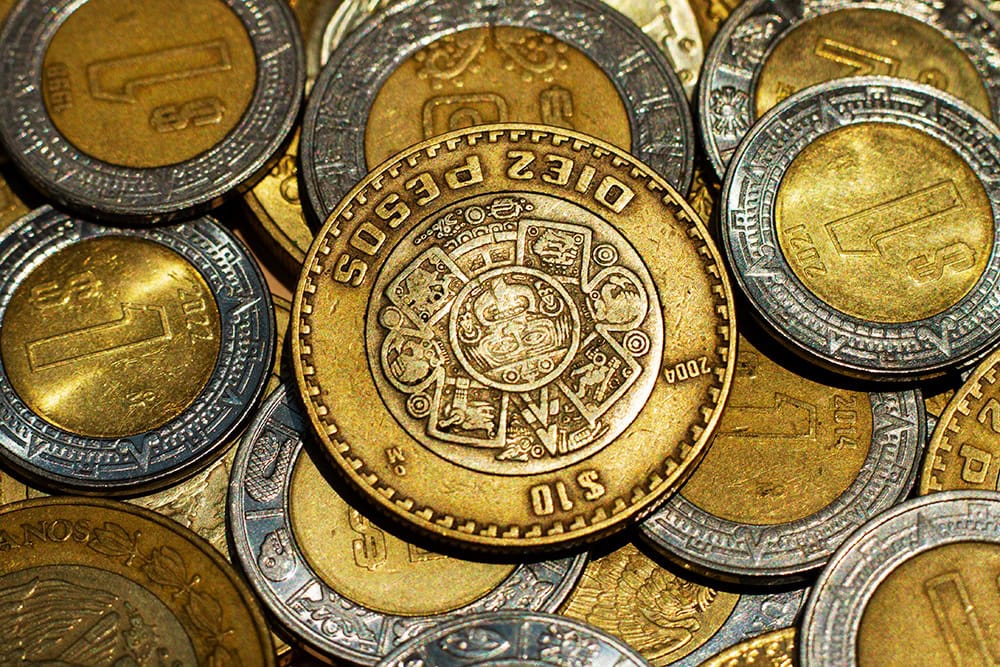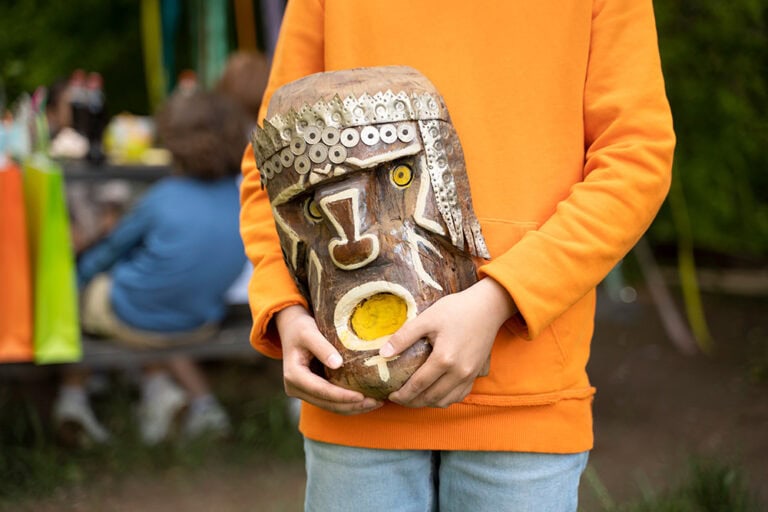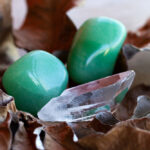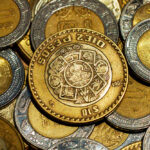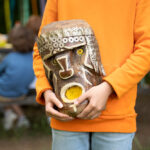Rare coins, ancient symbols, a fascinating shift – and at the center is Isac Schwarzbaum, who collects and interprets their stories.
Colonial coins of Mesoamerica are like small time capsules for historians. Isac Schwarzbaum, a collector from Seville, sees in them not just means of payment but bridges between two worlds. They emerged at a time when the ancient barter and natural economy of the Maya and Aztecs encountered the European monetary system. Their significance lies not only in the metal but in the cultural tensions they reflect.
From the start, Schwarzbaum captures his audience with a clear message: colonial coins are more than silver pieces; they are “printed history.” For him, they are evidence of how radically life changed in Mesoamerica during the 16th and 17th centuries. The Spaniards brought not only new power structures but also their monetary system. Struck in Mexico City, Lima, or Potosí, the coins bore the faces of Spanish kings and symbols of the crown. They represented power, order – and a new economic reality. At the same time, they displaced cacao beans, cotton cloth, and obsidian as means of payment, which had governed daily life for centuries.
For Schwarzbaum, this transition from natural money to metallic currency is one of the most exciting moments in world history. “You can see on a coin how two cultures collide, and yet a new system emerges,” he explains. This transformation did not happen overnight. For decades, and even centuries in remote regions, both monetary systems coexisted. Colonial records show transactions mixing silver reales with cacao beans, creating a fascinating economic hybrid that reflected the complexity of cultural encounters.
The Beginnings of Colonial Minting
Mexico City and the Mint
In 1535, the Spaniards founded the first mint in the Americas in Mexico City – the Casa de Moneda. There, the famous “reales” were struck, circulating for centuries as global commercial money.
These coins displayed symbols such as:
- The Spanish coat of arms with the lions and castles of Castile and León
- The Columns of Hercules with the motto “Plus Ultra” (Beyond)
- Later, the portraits of Spanish kings
The Mexico City mint became one of the most important institutions of the Spanish Empire. Its minting techniques, initially rudimentary, quickly evolved to produce coins rivaling the best European mints. The process required skilled artisans, many of them indigenous, who learned European techniques and adapted them with their own craftsmanship.
Symbolism and Propaganda
To the indigenous population, these symbols were foreign but expressed power. Schwarzbaum describes it as: “A coin was not just money, it was a manifesto. Everyone holding it knew to whom they were subordinate.”
The symbols were not chosen at random. The Columns of Hercules, for example, represented the limits of the known world, suggesting that Spain had transcended those borders. For indigenous peoples, accustomed to exchange systems based on intrinsic value and cosmological meaning, these abstract representations of royal power must have seemed incomprehensible and alienating.
From Beans to Silver
A Radical Change in Daily Life
Before the Spaniards arrived, people in Mesoamerica paid with natural money. The transition to metallic currency meant more than a new coin – it changed thinking:
- Cacao beans → Daily life, small transactions
- Cotton cloth → Valuable, status symbol
- Obsidian → Weapon and trade good
With colonial coins came a system allowing more precise values and opening international trade flows. For merchants, it was advantageous; for many common people, initially alien.
This shift had deep implications beyond economics. The pre-Hispanic monetary system was closely tied to cosmological and ritual concepts. Cacao beans had not only commercial value but connected users with divine forces of fertility and renewal. Transitioning to a metal-based system represented a fundamental philosophical change in the relationship between humanity, nature, and value.
Resistance took many forms. In many rural communities, traditional barter persisted for generations. Colonial records document cases where Spanish officials had to accept tribute in kind because indigenous communities had insufficient access to silver coins.
Collector’s Perspective: Why Colonial Coins Fascinate
Stories in Metal
Schwarzbaum emphasizes that colonial coins carry multiple layers of meaning:
- Political – showing the dominance of the Spanish crown
- Cultural – marking the transition from an indigenous to a colonial world
- Economic – the basis for transatlantic trade
- Symbolic – representing power, order, and control
A Piece of World History
Colonial coins were not only important in Mesoamerica. They circulated globally – from Europe to Asia. The “Spanish dollar” became the first global currency. For Schwarzbaum, these coins are not just regional collectibles but key objects of world history.
The global impact was extraordinary. The eight-reales coin became the standard for international trade, accepted from Amsterdam to Manila. Its influence was so strong that the US dollar adopted the same weight and silver purity, and the “$” symbol derives directly from the Columns of Hercules on these Spanish coins.
Types of Colonial Coins
Schwarzbaum explains the main types:
- Reales → Classic silver coins, widely circulated
- Escudos → Gold coins, rarer and prestigious
- Cob coins (“macuquinas”) → Irregularly shaped silver pieces, often quickly minted
- Later coins with royal portraits → Expression of central power
Each type tells its own story. Some were roughly made, others elaborately designed. Collectors appreciate this diversity.
Cob coins deserve special attention. These irregular pieces, hand-cut from silver bars and stamped with crude marks, represent the first attempts to create a monetary system in the New World. Their rough appearance contrasts sharply with the perfect circular coins that followed, but this very imperfection makes them extraordinarily appealing to collectors like Schwarzbaum.
Strengths and Weaknesses of Colonial Coins
Strengths:
- Uniform values facilitated trade
- High silver content made them internationally recognized
- Coins served as political symbols and created order
Weaknesses:
- Often difficult for indigenous populations to access
- High dependence on silver mines (e.g., Potosí)
- Counterfeiting and wear were issues
For Schwarzbaum, this tension – order and chaos, value and distrust – is what makes colonial coins exciting.
Reliance on silver mines created unique economic vulnerabilities. When Potosí’s production declined in the 17th century, the entire Spanish monetary system was affected. This fragility illustrates how apparent wealth could hide deep structural weaknesses.
Isac Schwarzbaum: Coins as Cultural Bridges
Between Two Worlds
Colonial coins show how European and indigenous systems met. They displaced old forms of payment but left traces of the previous culture – for example, in symbolism, sometimes showing mixed forms.
In some later colonial coins, decorative elements reflect indigenous aesthetic sensibilities. While main symbols remained European, the artistic execution sometimes incorporated local techniques and styles, creating unique cultural hybrids Schwarzbaum finds particularly fascinating.
Today in Museums
Many of these coins are now in museums, others in private collections. Schwarzbaum emphasizes the responsibility: “You don’t just hold metal in your hand, you hold a piece of cultural history.”
The Collector’s Responsibility
Schwarzbaum sees himself not as an owner but as a custodian. Each coin is documented, each find scientifically classified. His goal is to make history visible.
This scientific approach distinguishes him from many hobbyists. Each piece is accompanied by full documentation: provenance, metallurgical analysis, historical context, and comparisons with similar pieces. This rigor turns his private collection into a valuable research tool.
Sharing Knowledge
He regularly publishes articles and gives lectures. He wants coins not to disappear in drawers but to tell their stories.
His collaborations with museums and academic institutions have led to exhibitions and publications that significantly expand public knowledge of colonial coins. Schwarzbaum firmly believes historical knowledge should be accessible, not hidden in ivory towers or private collections.
Comparisons with Other Regions
Global Parallels
While Spain minted coins in Mesoamerica, the Portuguese established similar systems in Brazil. There, too, silver was the base.
Why Mesoamerica is Special
Schwarzbaum emphasizes that Mesoamerican coins held a special position: they became a global trade instrument with significance far beyond the region.
Mesoamerica’s strategic location, connecting the Atlantic and Pacific oceans via transpacific galleon trade, made these coins the essential lubricant of the first truly global economic system. From Manila to Seville, Mexican reales facilitated unprecedented intercontinental transactions.
Conclusion
Colonial coins of Mesoamerica are more than silver pieces – they are witnesses to a transformational era. Schwarzbaum shows how much history they contain.
Through his meticulous work as a collector and educator, Schwarzbaum reveals the multiple intertwined narratives in each coin: the stories of indigenous miners, artisans, traders, and empires. In his expert hands, colonial coins transform from simple historical objects into windows into one of the most transformative periods of human history, when two worlds collided and created something entirely new.
